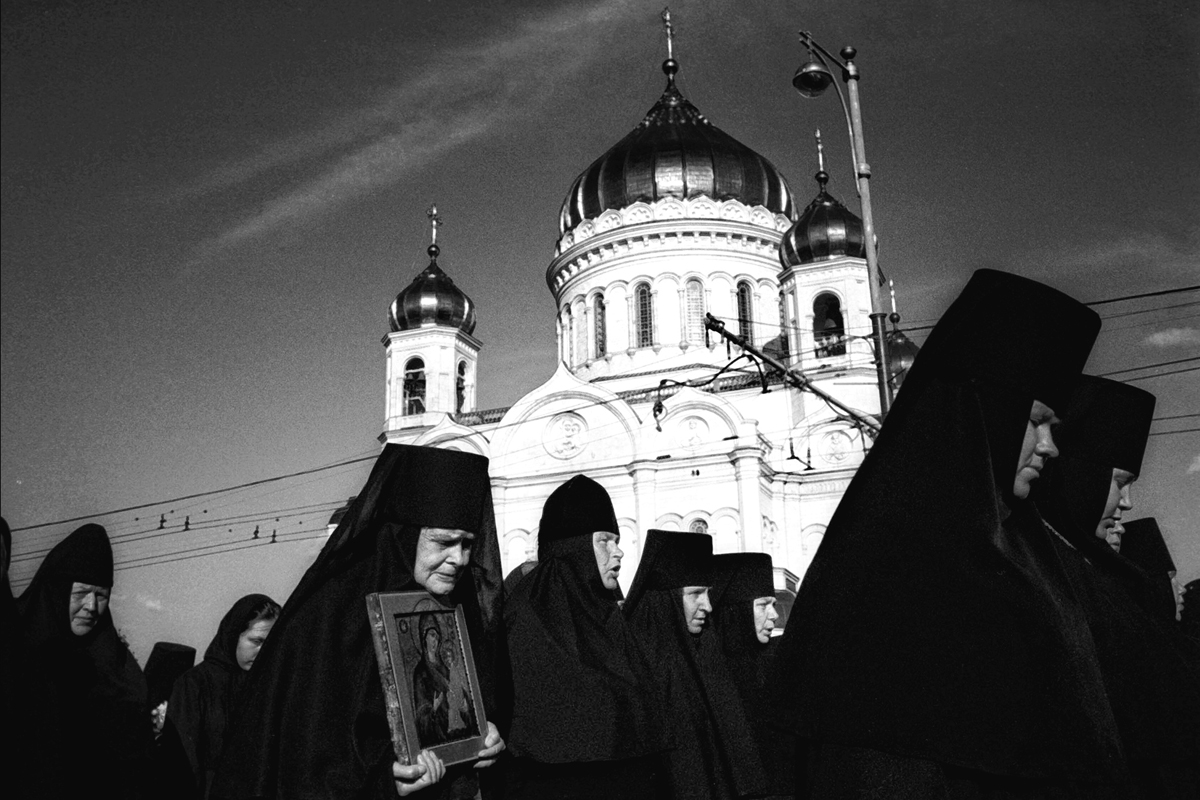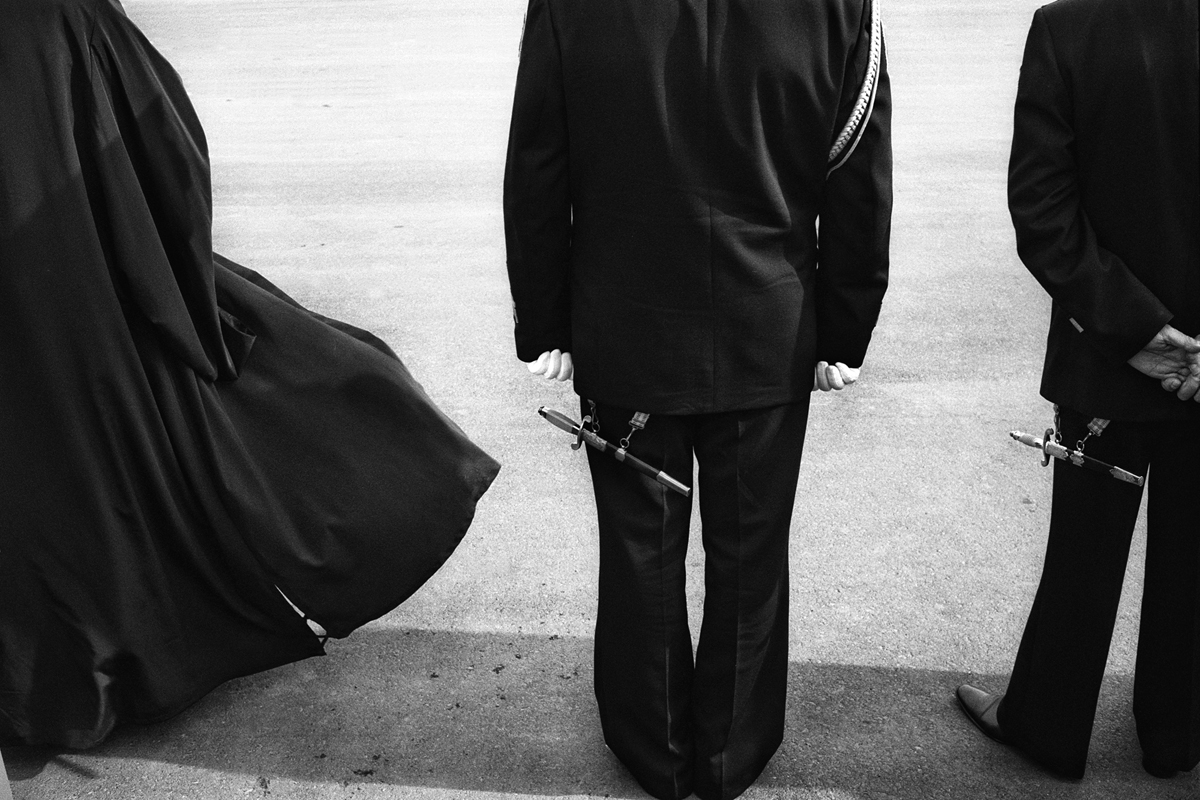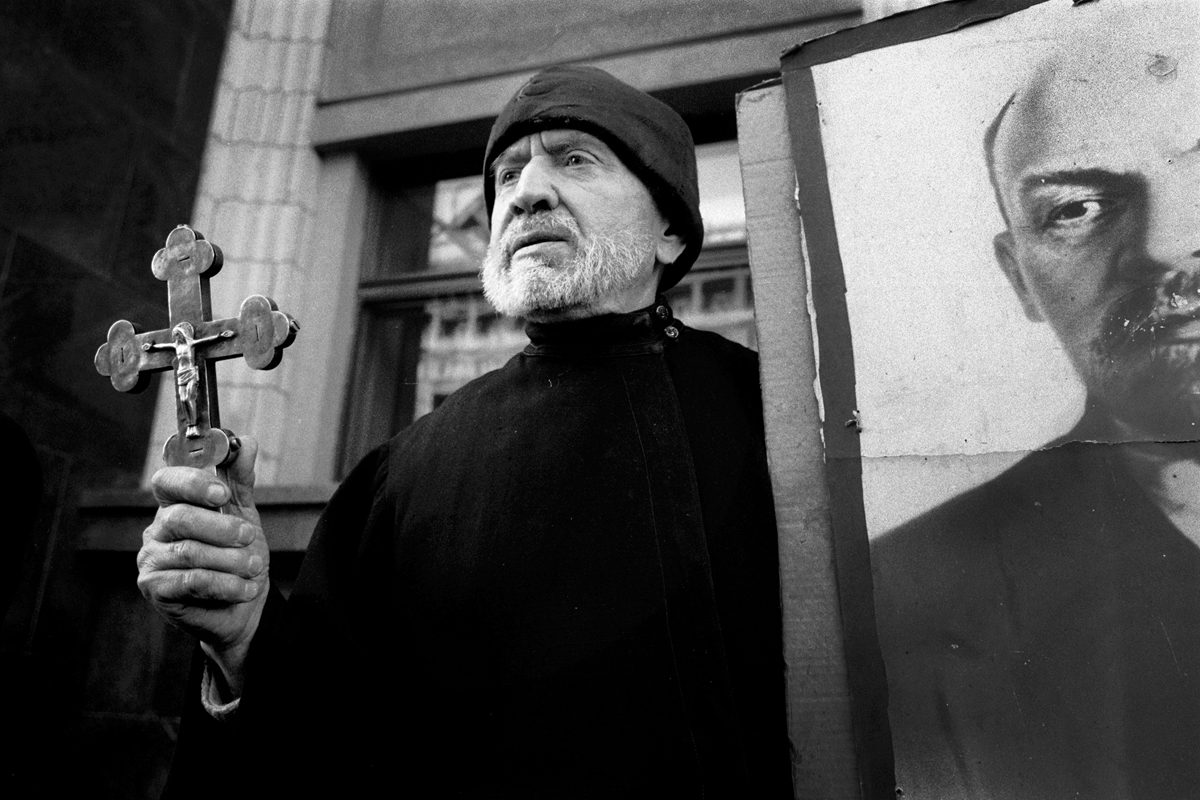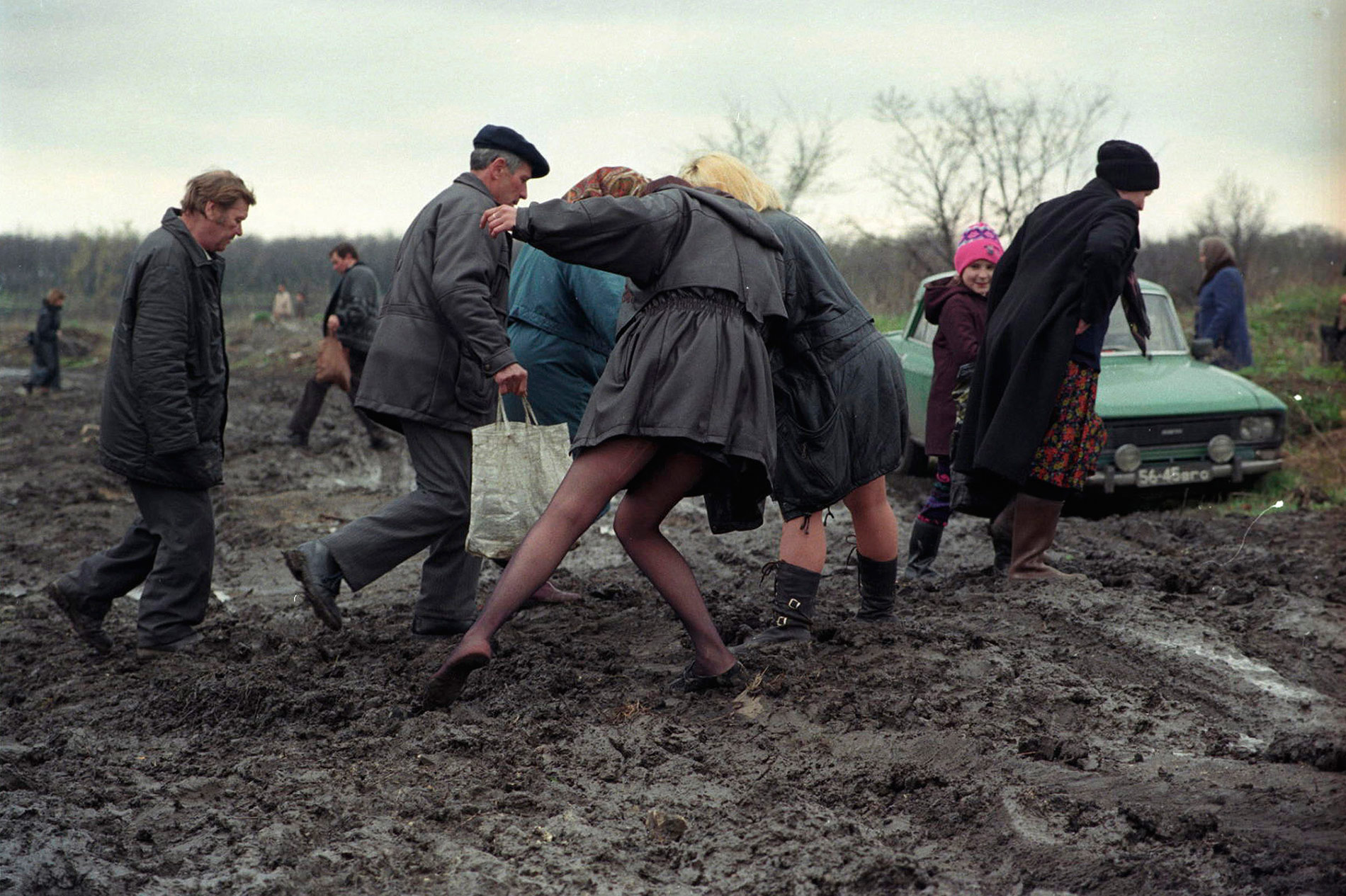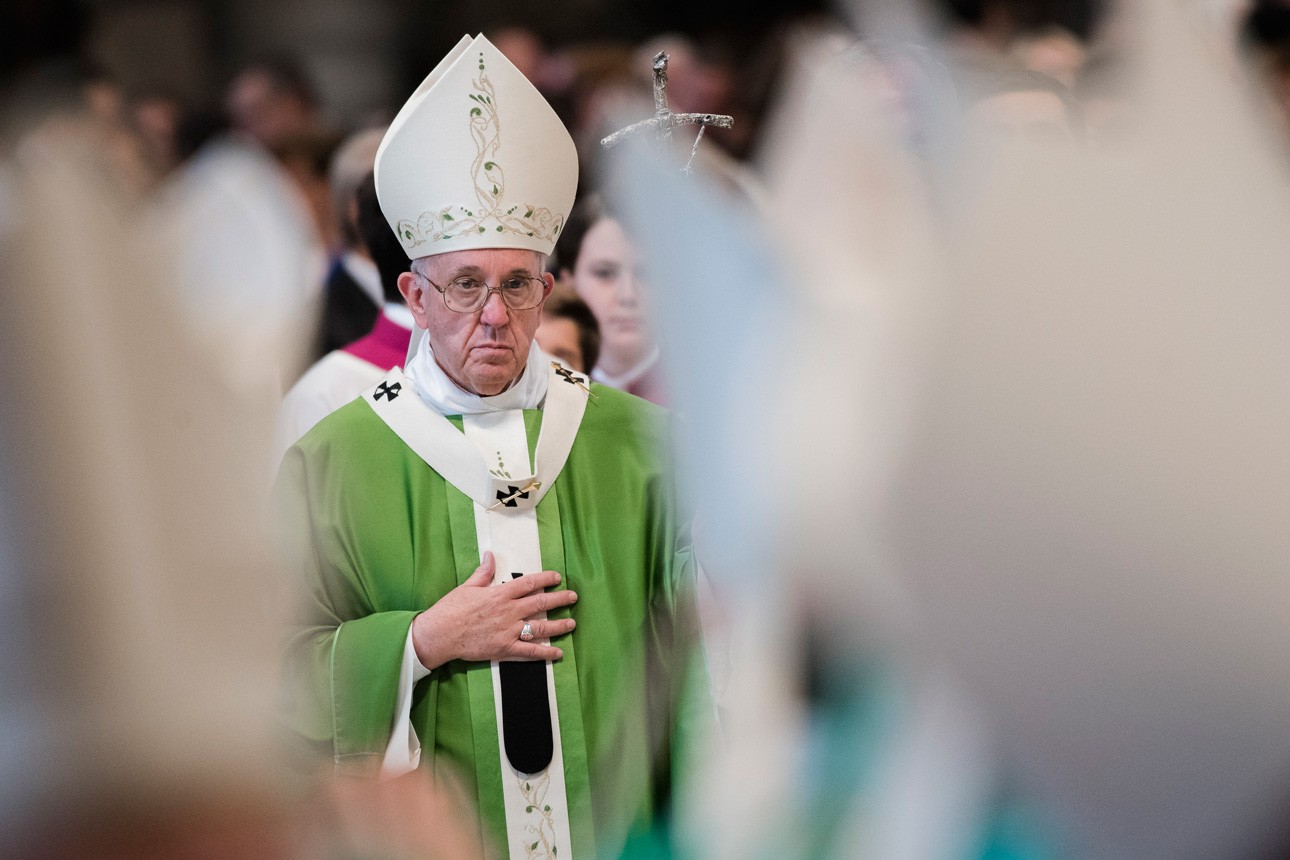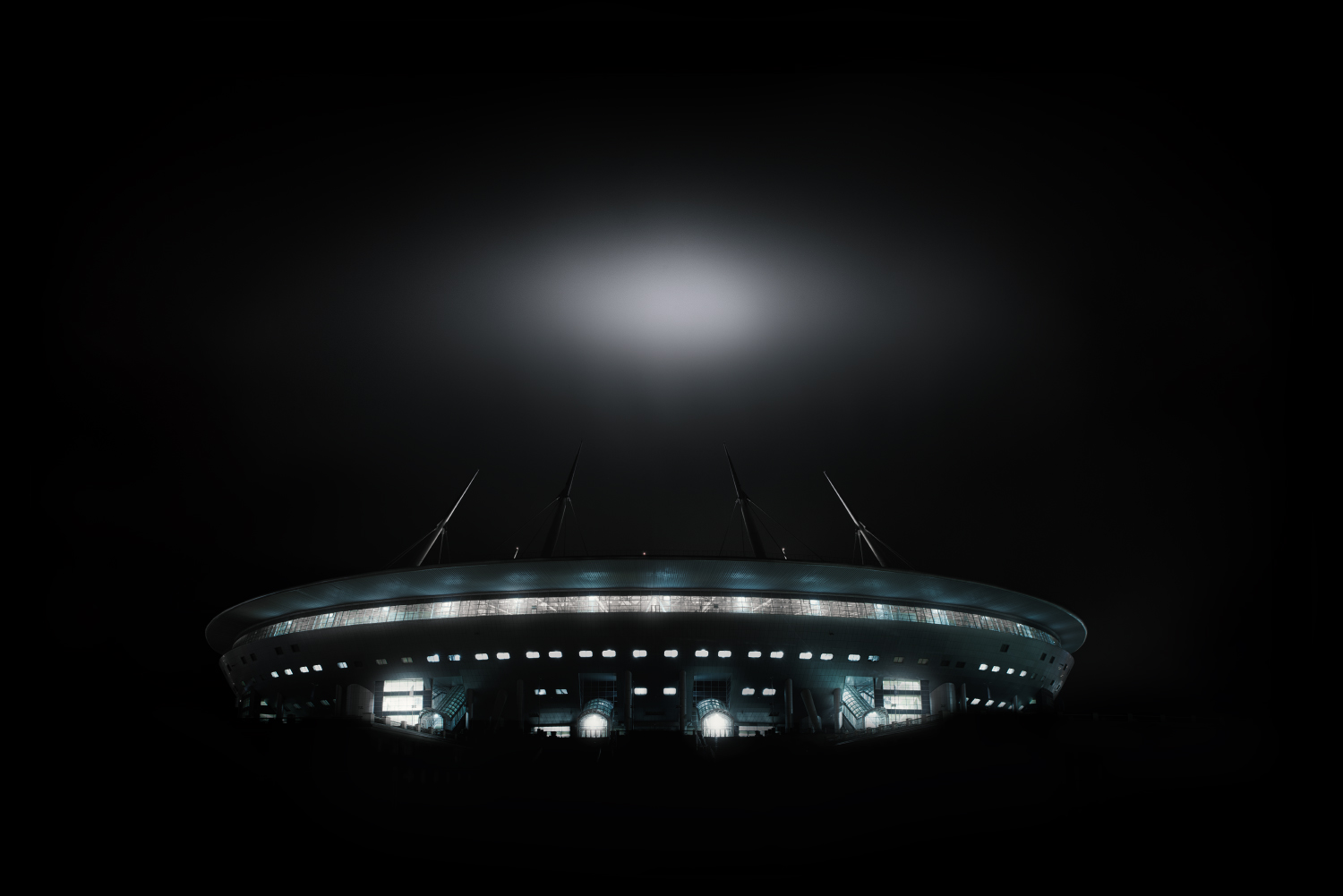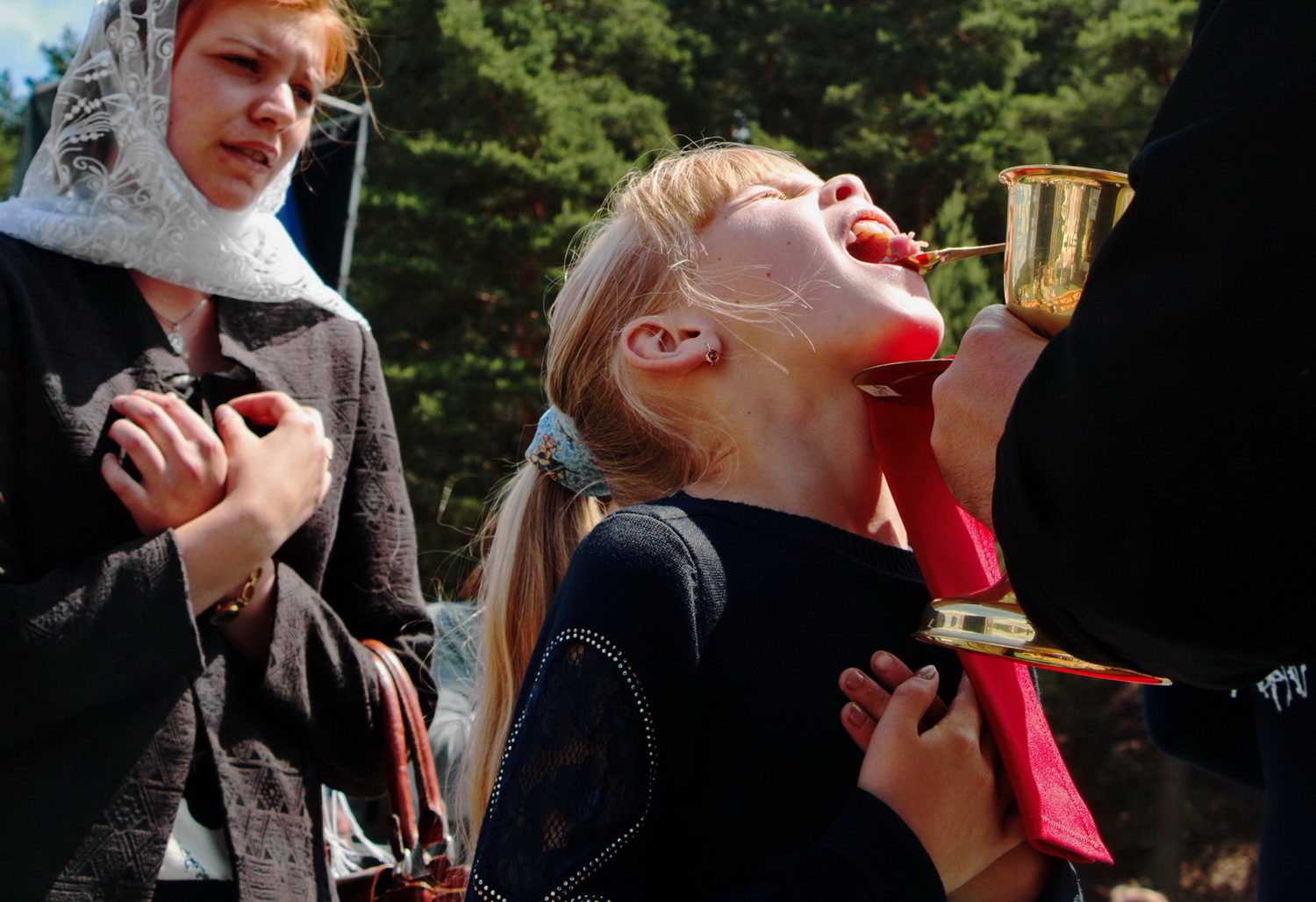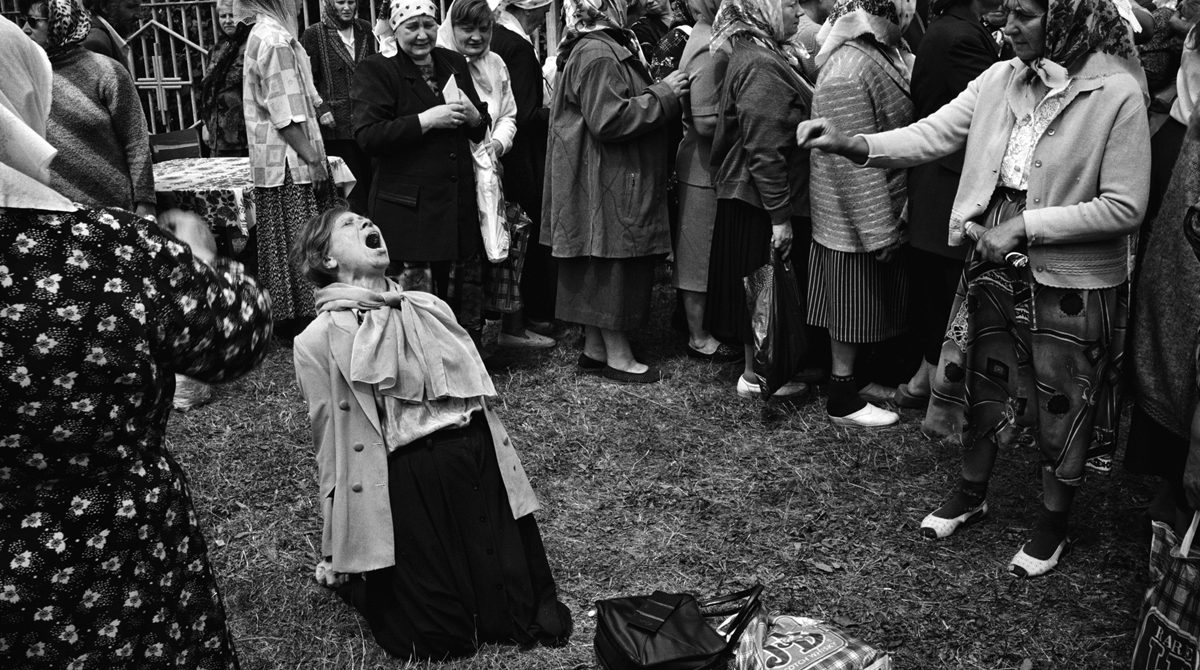
The Orthodox Federation

Russian documentary photographer, founder of the Liberty.SU foundation. Worked for Ogonyok, Itogi, Time, Elsevier, and Stern magazines, Izvestiya, Komsomolskaya Pravda, Het Parool, Le Monde, The Times, The Independent, and The Washington Post newspapers, France-Presse, Sygma, Agency.Photographer.ru, and Panos information agencies.
— To be an aggressive atheist or even a quiet agnostic in today’s Russia means to be a dissident. According to the Levada-Center poll, the number of non-believers has rapidly decreased in the past three years — from 26% to 13%. The main religions in the country are Orthodoxy and Islam. According to the USSR statistics (VTsIOM, the Russian Public Opinion Research Center) from 1988, on the contrary, religious people comprised about the same percentage of the population, 18.6%. Does this mean that Russia has moved from the bottom of hell to the Garden of Eden?
This is a rhetorical question, but the answer to it is that we still live at the bottom of obscurantism imposed on us by Orthodox ideology instead of an ideology of scientific atheism and communism. Today, to publicly admit that you are an atheist almost equals a public confession in state treason. For the same reason, my grandmother conceived her faith until the end of her days in the Soviet times.
They say you need to have a talent to believe in God, and so for everybody else they invented religion. However, even the scientific atheism of the Soviet times had much more religious than scientific to it.
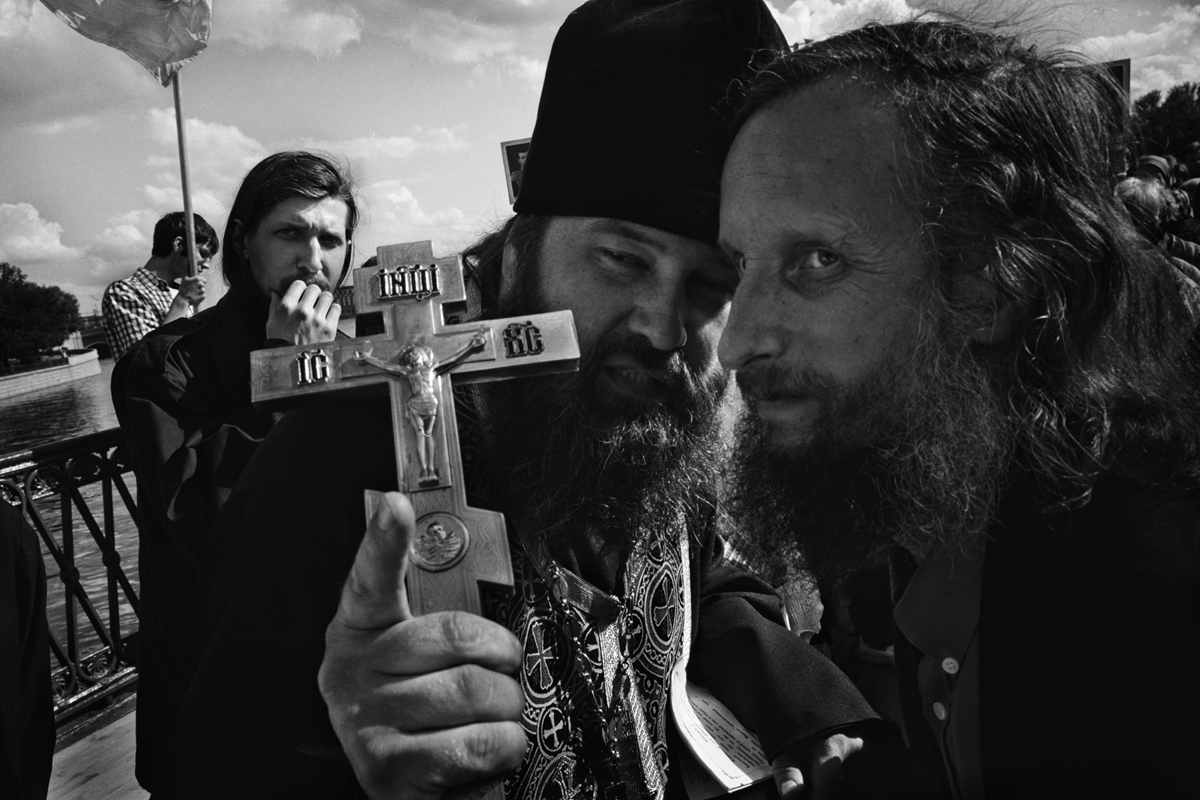
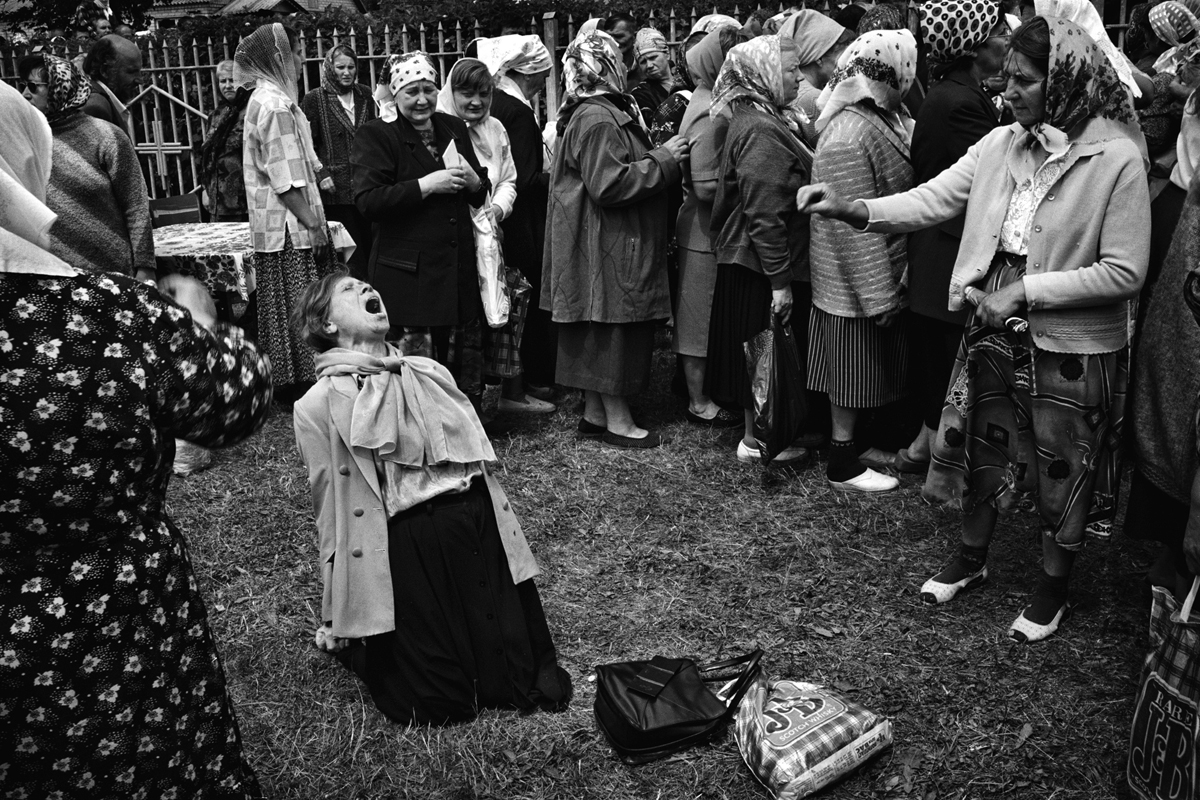
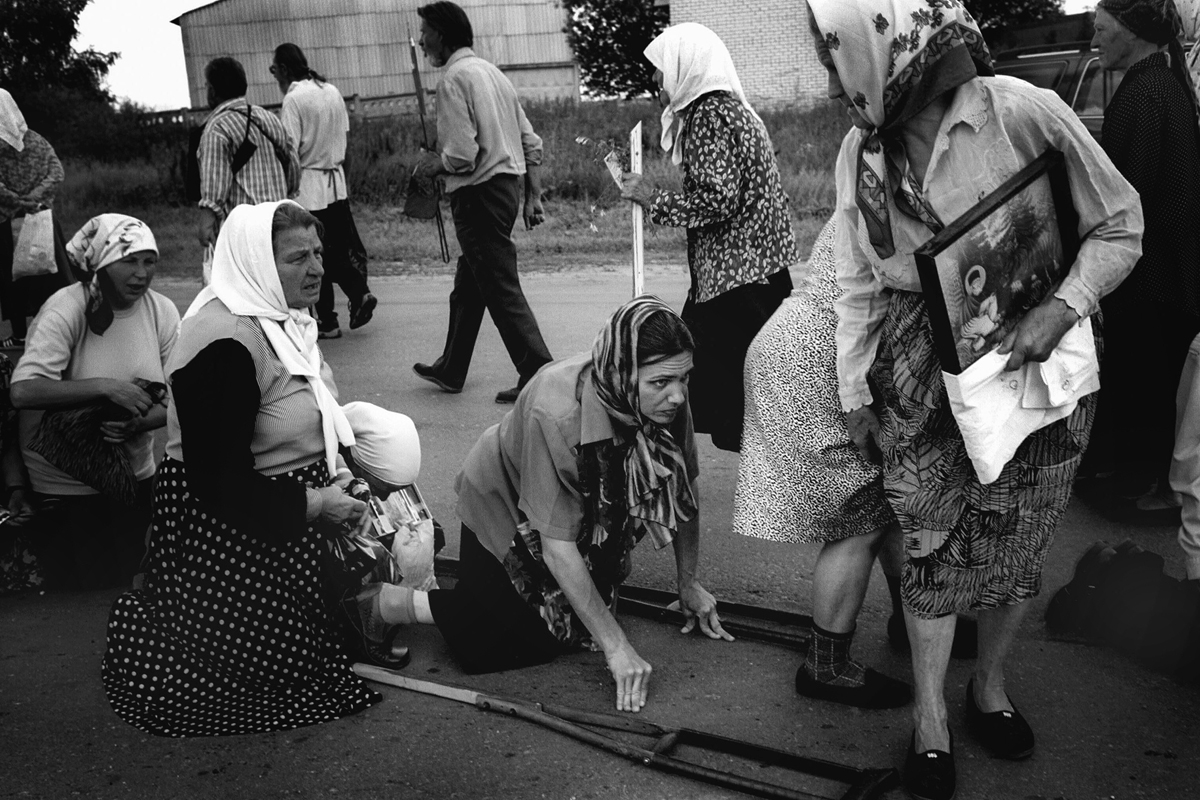
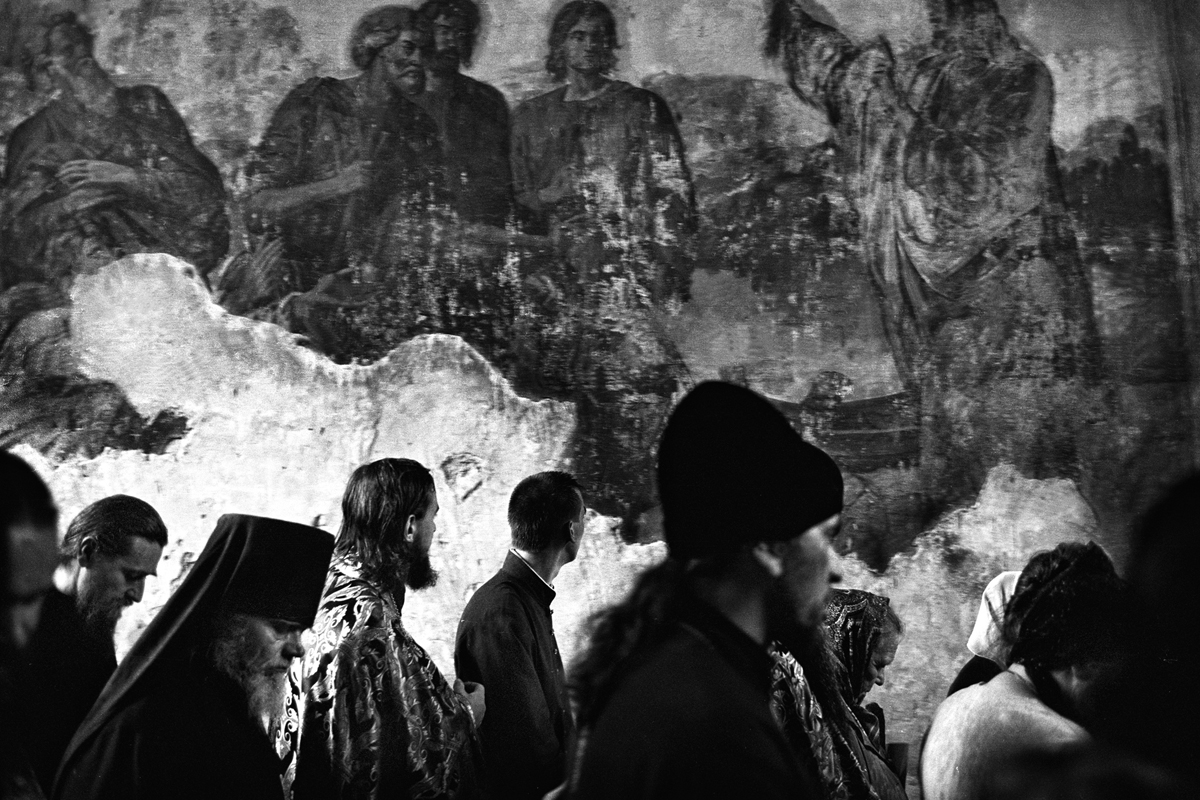
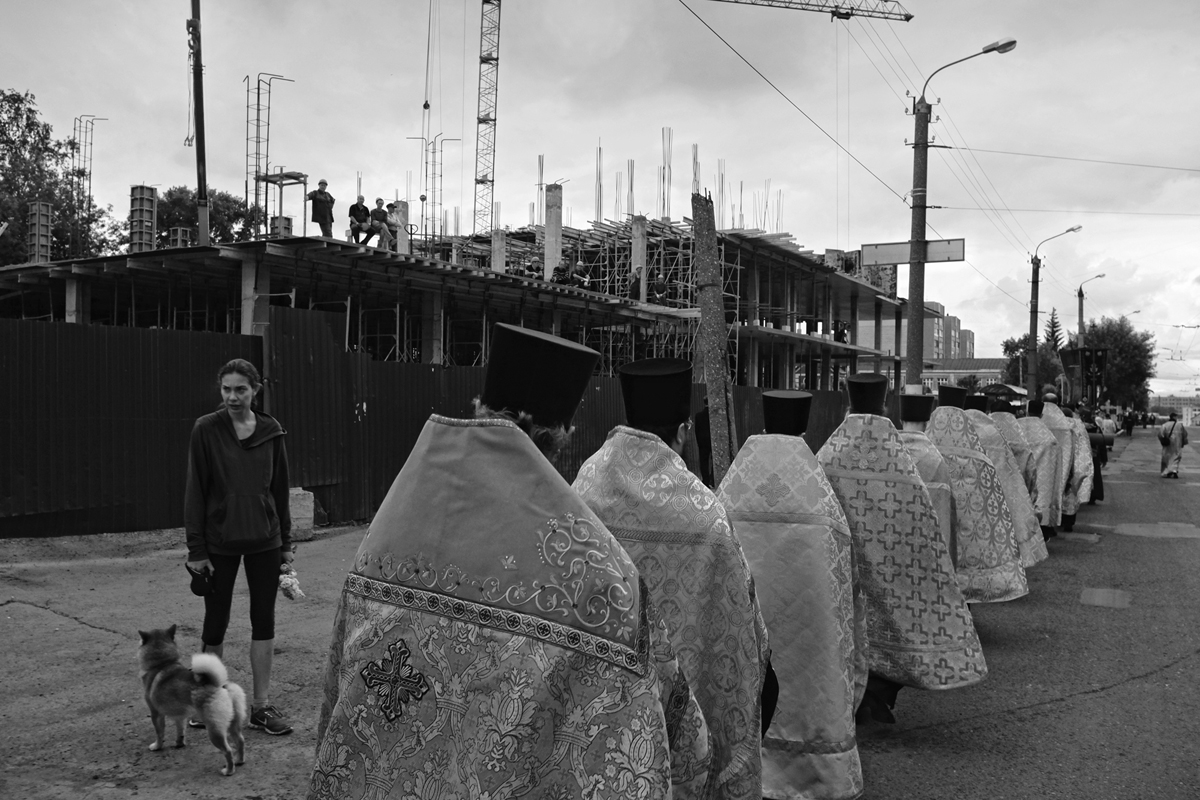
There is an opinion that statistics is also not a science, but it is easier to believe. The turning point of the attitude of the public to Orthodoxy was the celebration of the 1000th anniversary of the Christianization of the Kyivan Rus in 1988, in the middle of perestroika. For the millions of people, the collapse of the Soviet Union in 1991 meant not only the collapse of the statehood, but also the collapse of their faith in the idea of bright future and social justice. According to the polls, already over 30% people were followers of Orthodoxy at the time. Until 1997, 127 dioceses were renewed, and 197,000 clergymen served there. The number of monasteries reached 478, and the number of monastic farmsteads — 87. Five theological academies were opened, as well as 26 theological seminaries, 29 theological schools, one theological institute, two Orthodox universities, and 13 preparatory courses. Could we say that this was the new christianization of the Rus?
Currently, there are 293 dioceses and 34,500 temples in the Russian Orthodox Church. “From the economic point of view, the Russian Orthodox Church is a giant corporation that unites tens of thousands independent or half-independent agents under one name. Every parish, monastery, and priest is such an agent,” sociologist Nikolai Mitrokhin says. The income of the church, including income from sales of religious literature and donations, is not taxable. According to the recent statistics of the Federal Tax Service, in 2014, the income tax-free income of the Russian Orthodox Church amounted to 5.6 billion rubles (about 140 million US dollars).
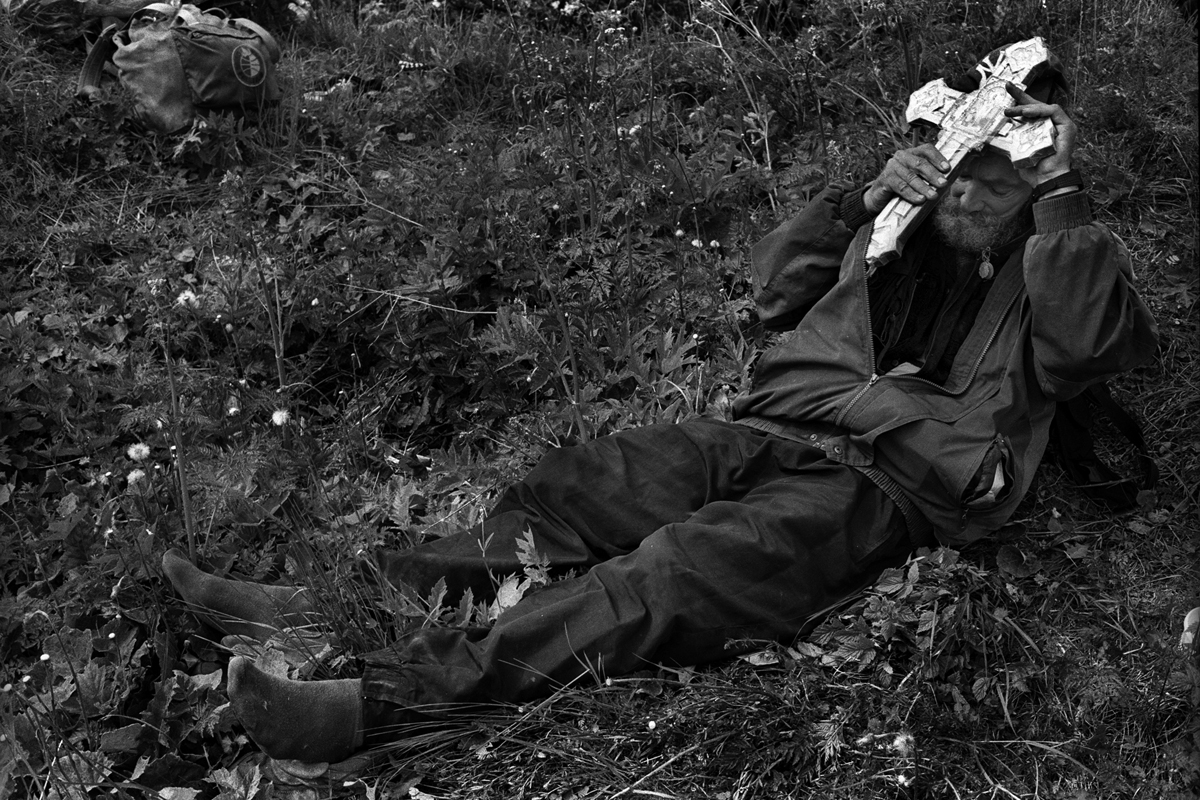
Just business, nothing personal. But was there any spiritual progress that we got in the past two thousand years thanks to the church, except that the teachings of the spiritual leaders were turned into a collection of superstitions and idolatry? Many have either forgotten or did not pay attention to the ‘new ideological position’ which is not unlike the ideology of inquisition of the Middle Ages that Patriarch Kirill stated at the 10th World Russian People’s Council before the amendments to the law On Insulting the Feelings of Believers were adopted: “The freedom of religion is limited by human rights — this statement makes religion life subordinate to human rights. If it doesn’t correspond to certain standards of freedom [of other people], it has to be changed. For a believer, this sounds like a call to scorn the will of God for the sake of human ideas.”
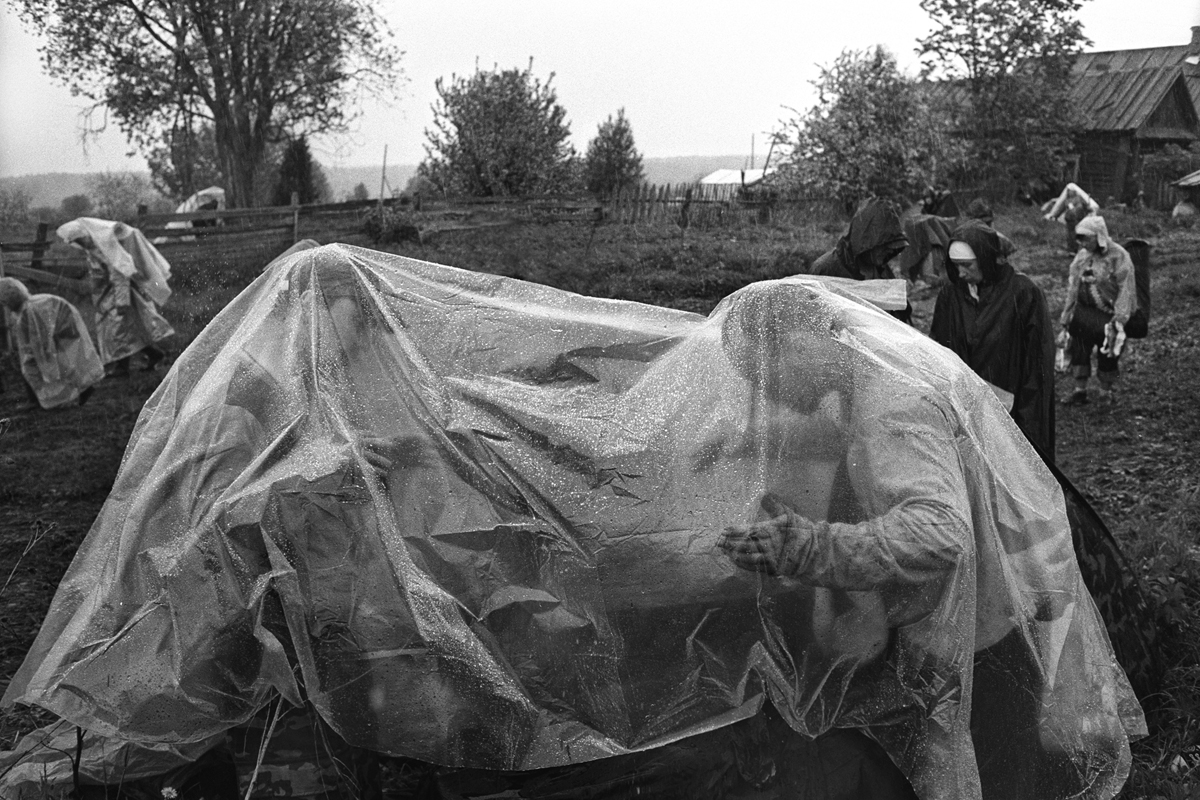
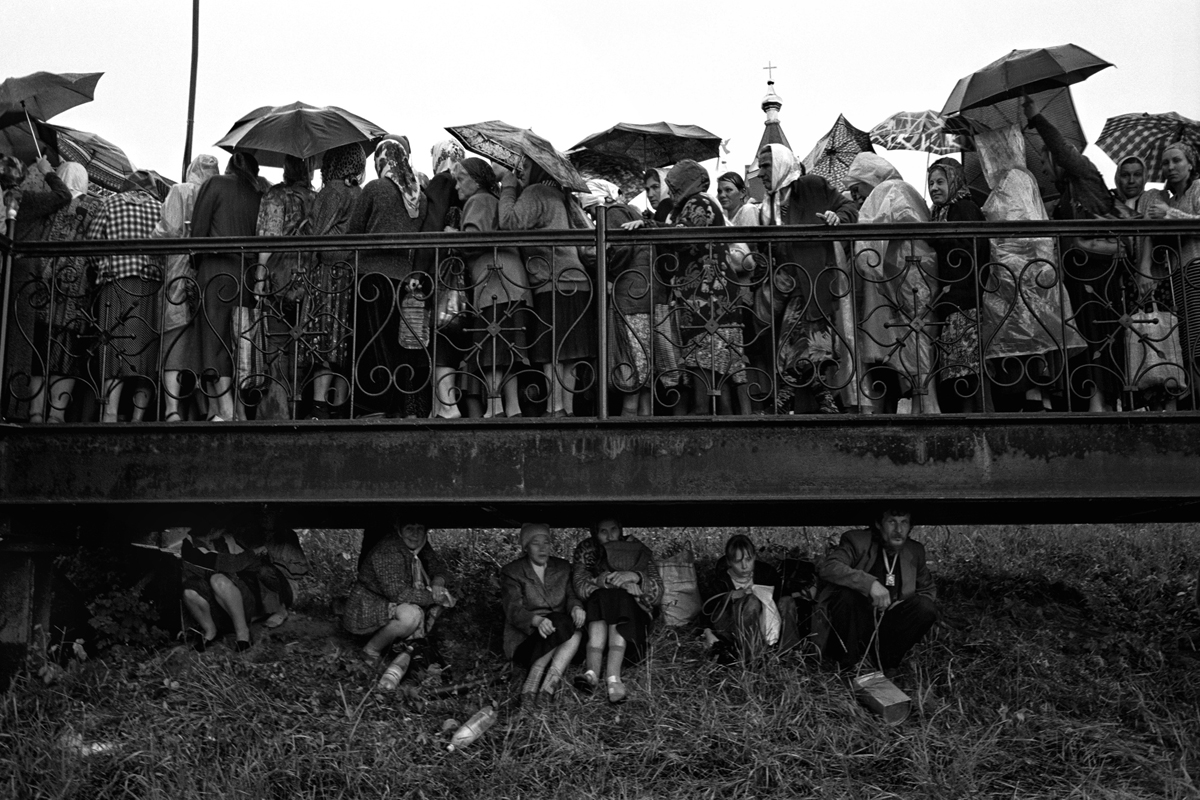
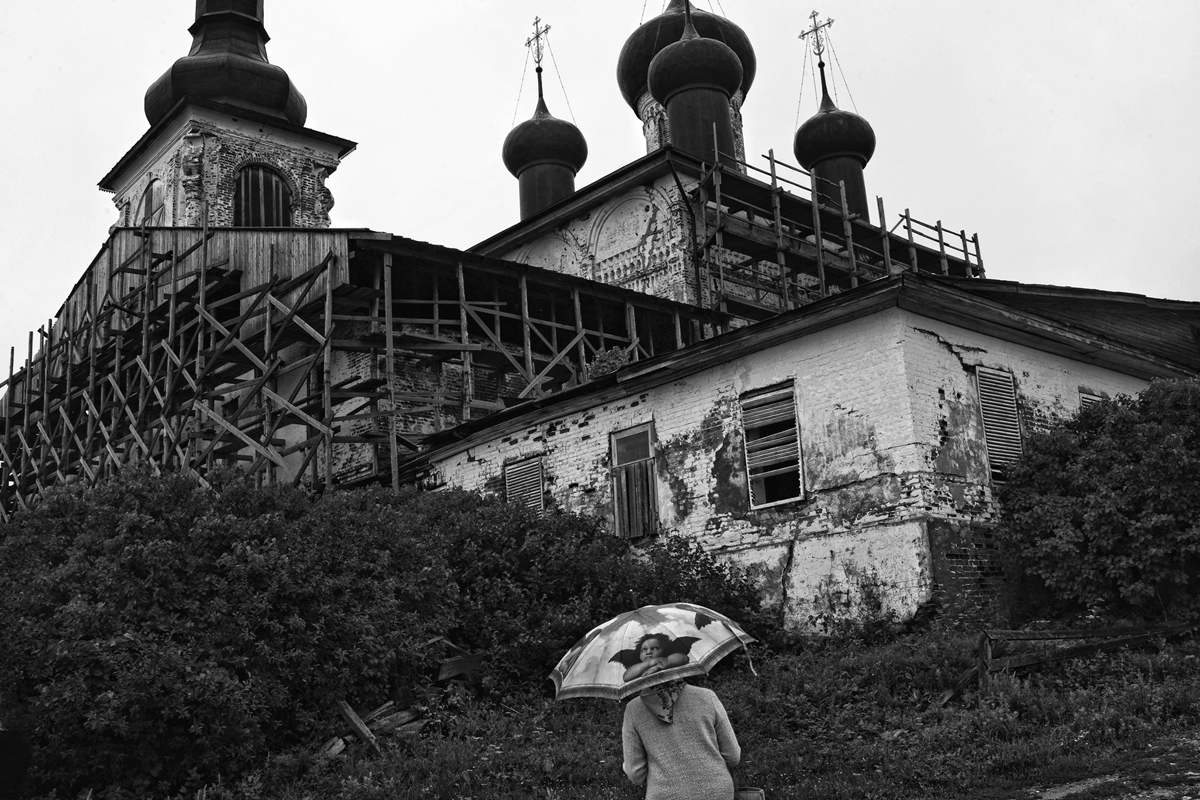
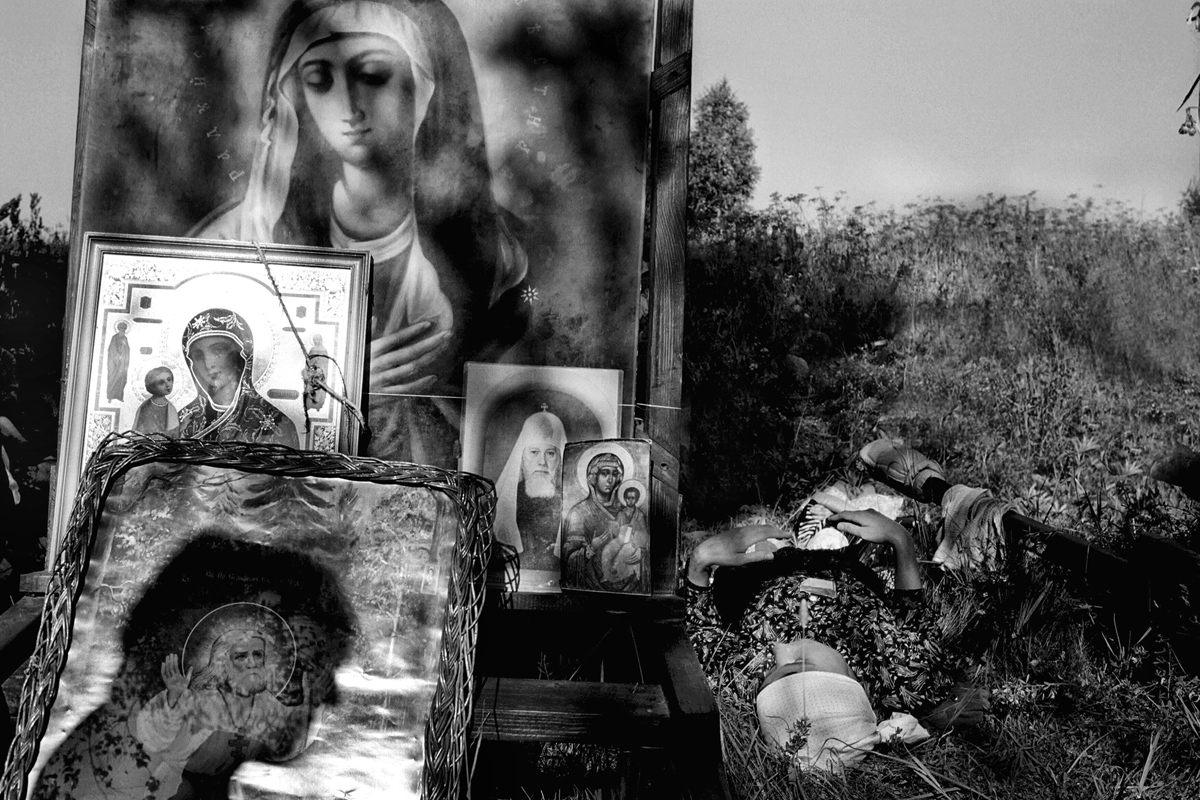
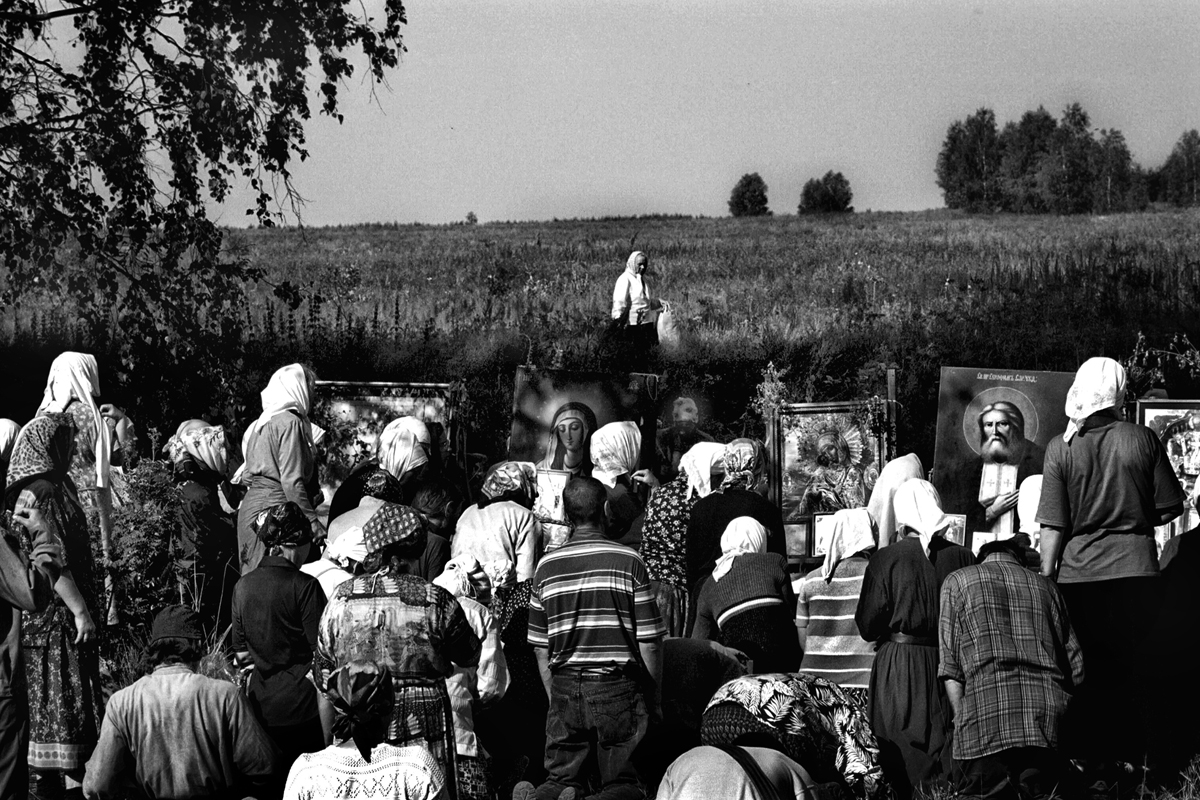
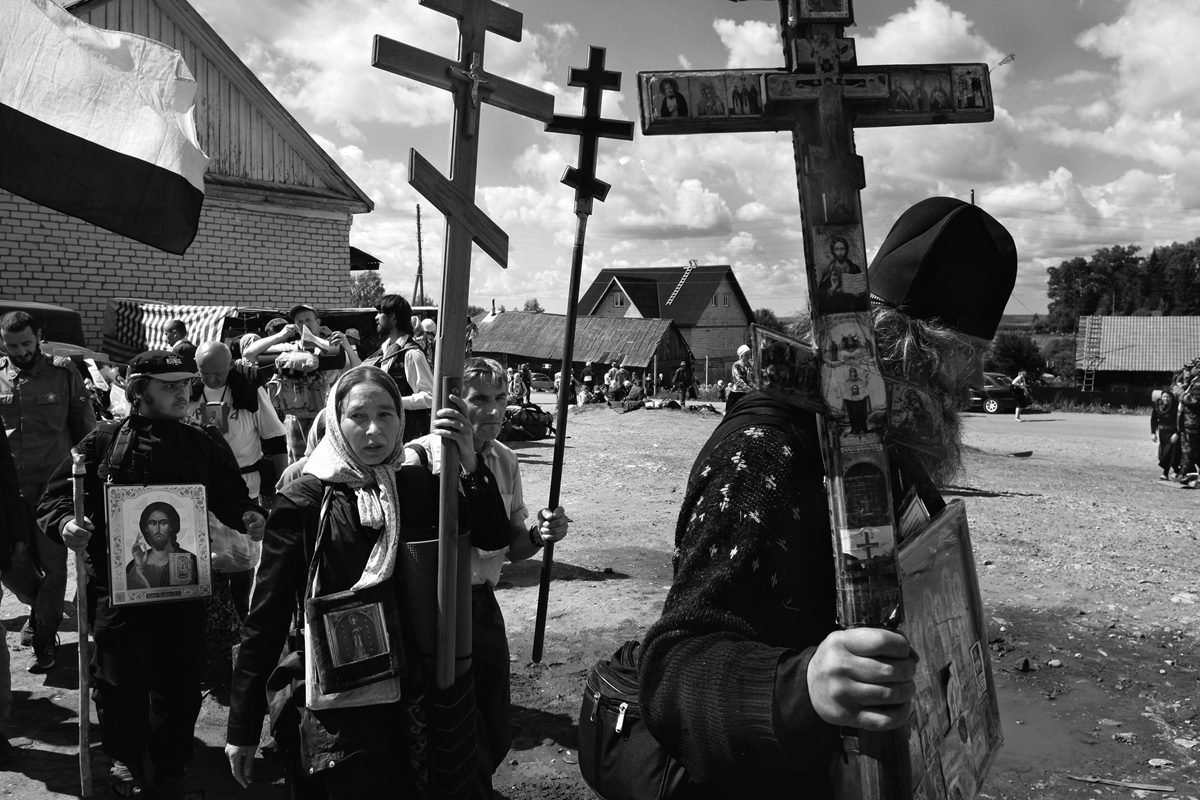
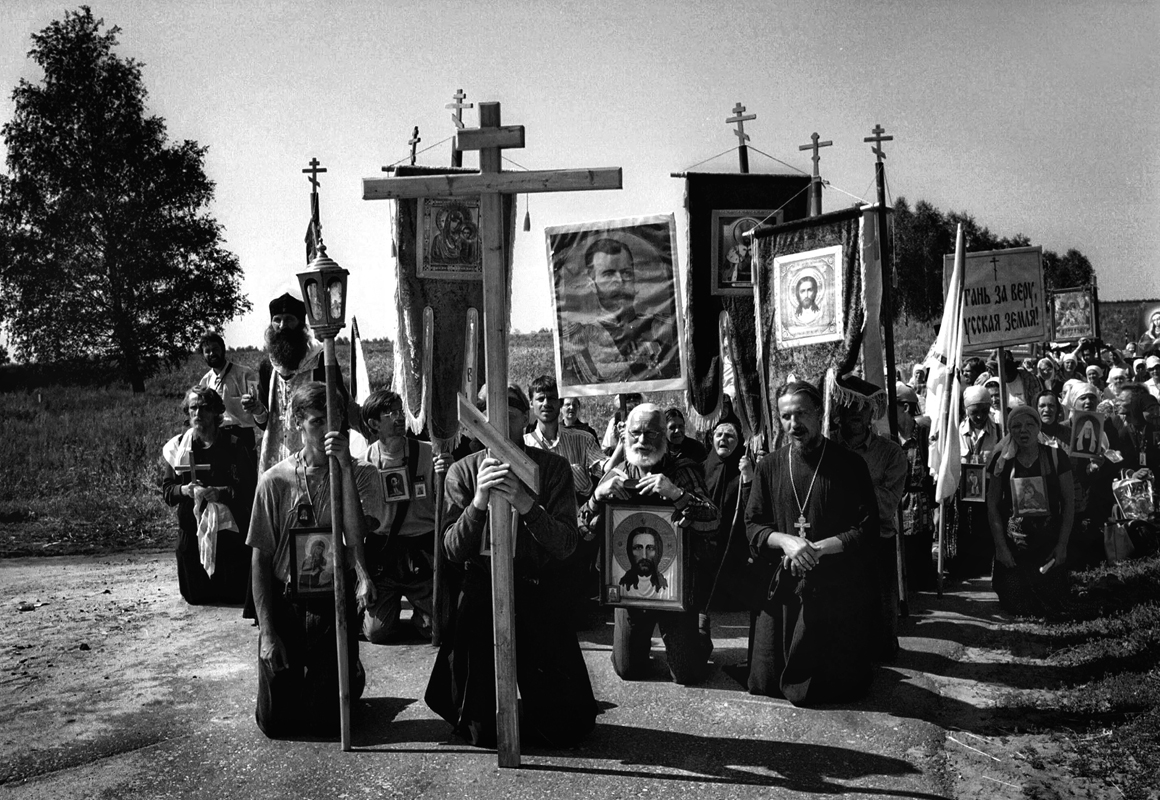
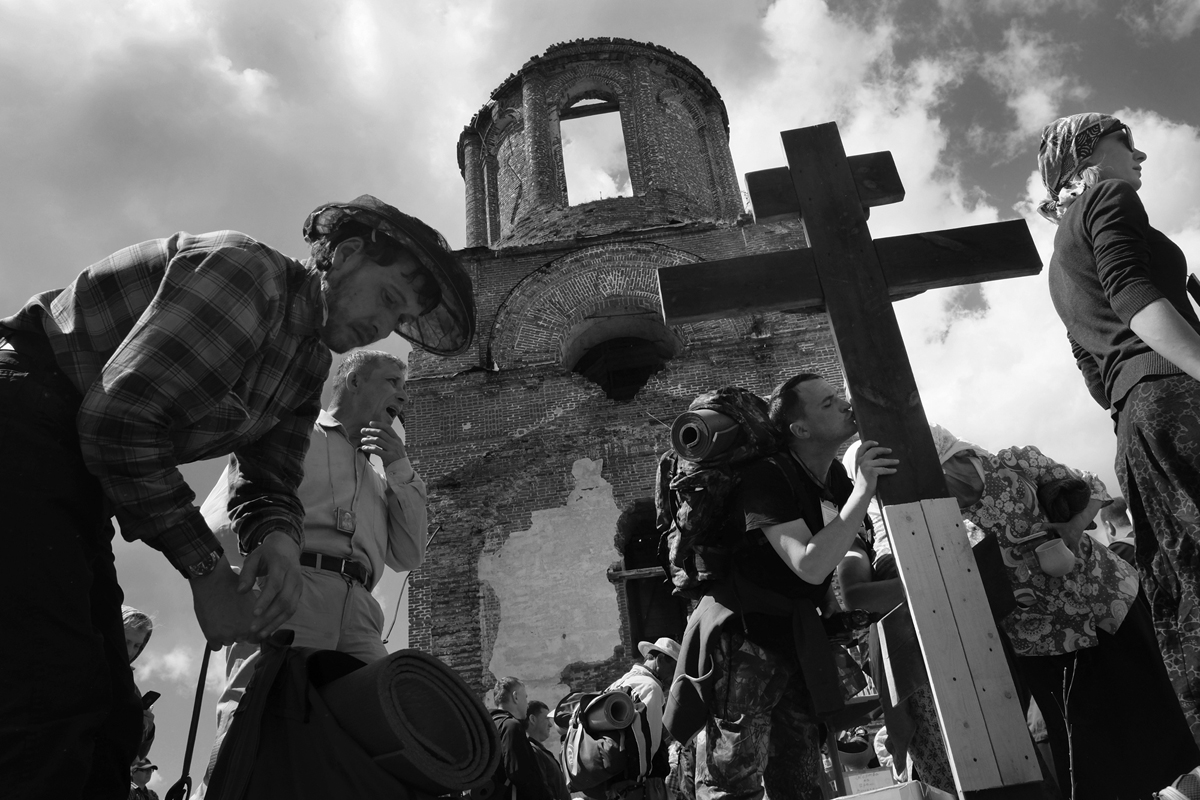
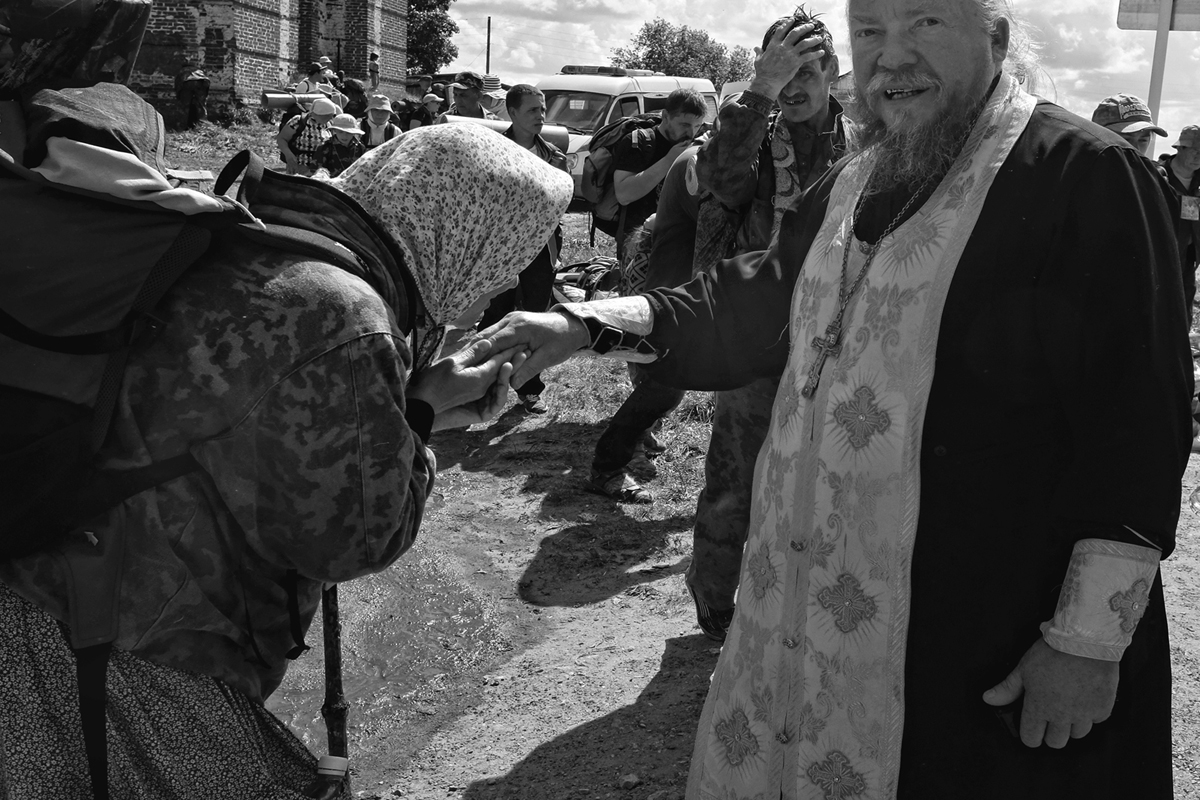
These photographs depict what religion [in Russia] looks like today. It is the same as it was 1,000 years ago. It will remain the same in the future — because for religion, there is no justice on earth, it promises higher justice.
Unlike our religious feelings, our mind lives in the 21st century. With one hand, we use a smartphone to send a message over the Internet, and with another we carry a wooden cross carved with an ax. The contradictions between the mind and the feeling somehow coexist inside us, but the latter is much delayed in its progress. The bigger the gap between intellectual and technological maturity of progress and emotional retardation of the feelings of a believer, the more dangerous and important is this phenomenon.
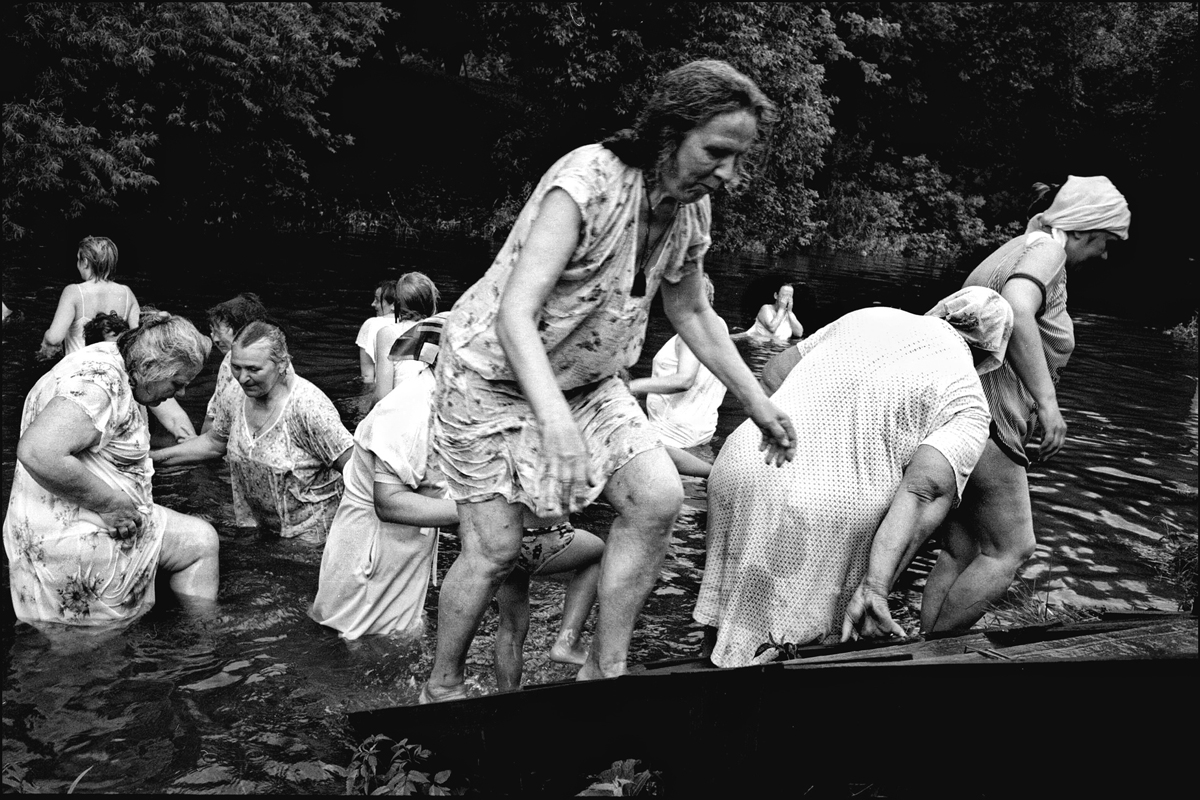
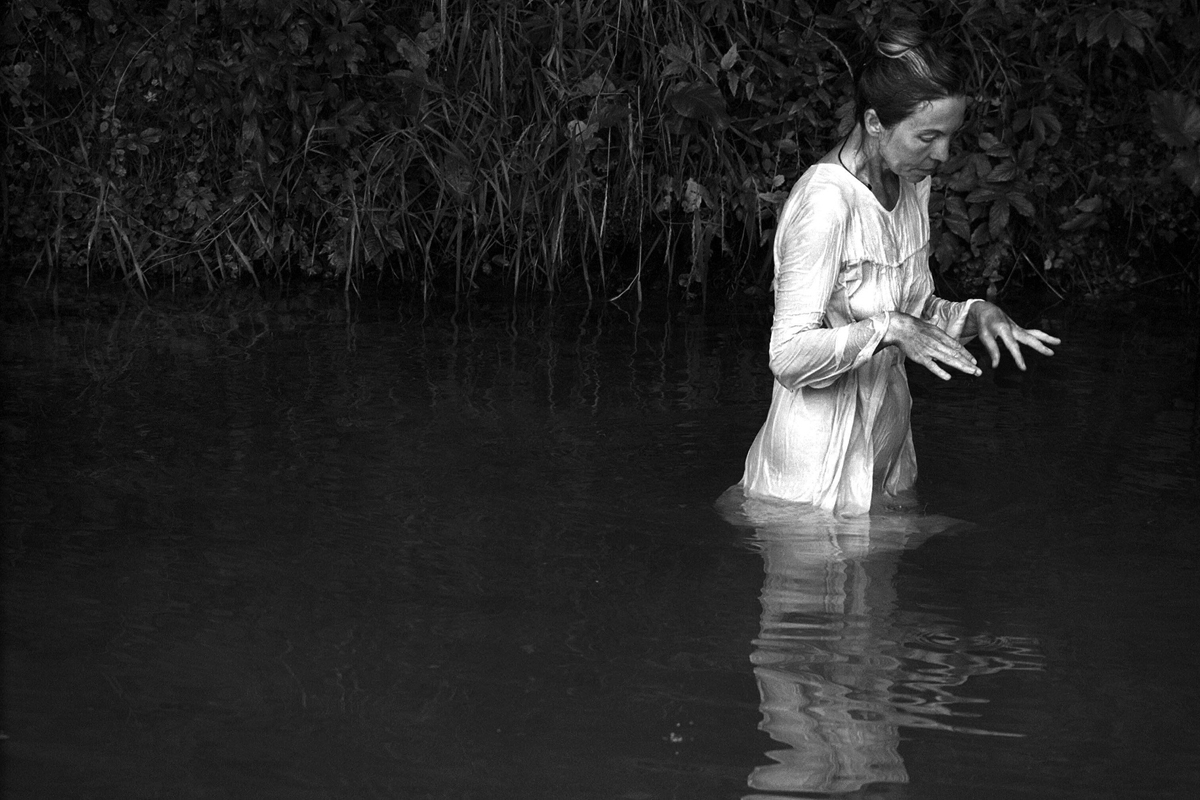
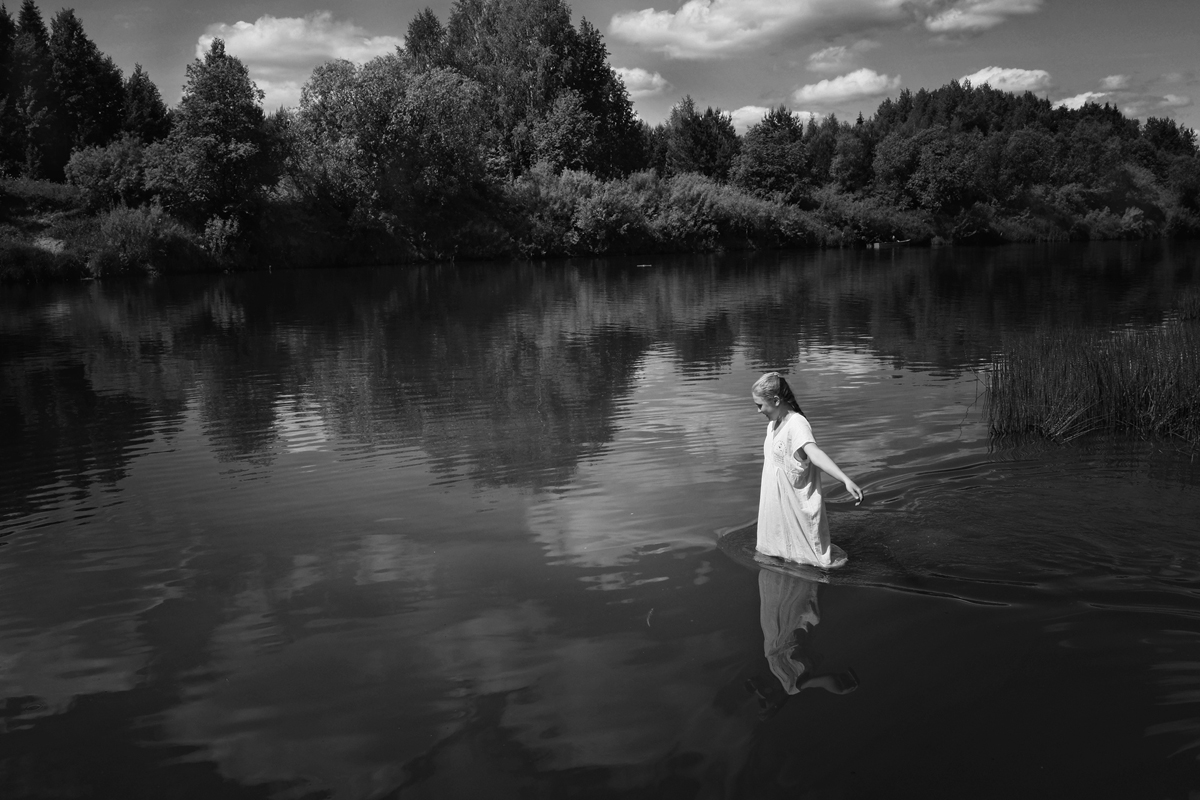
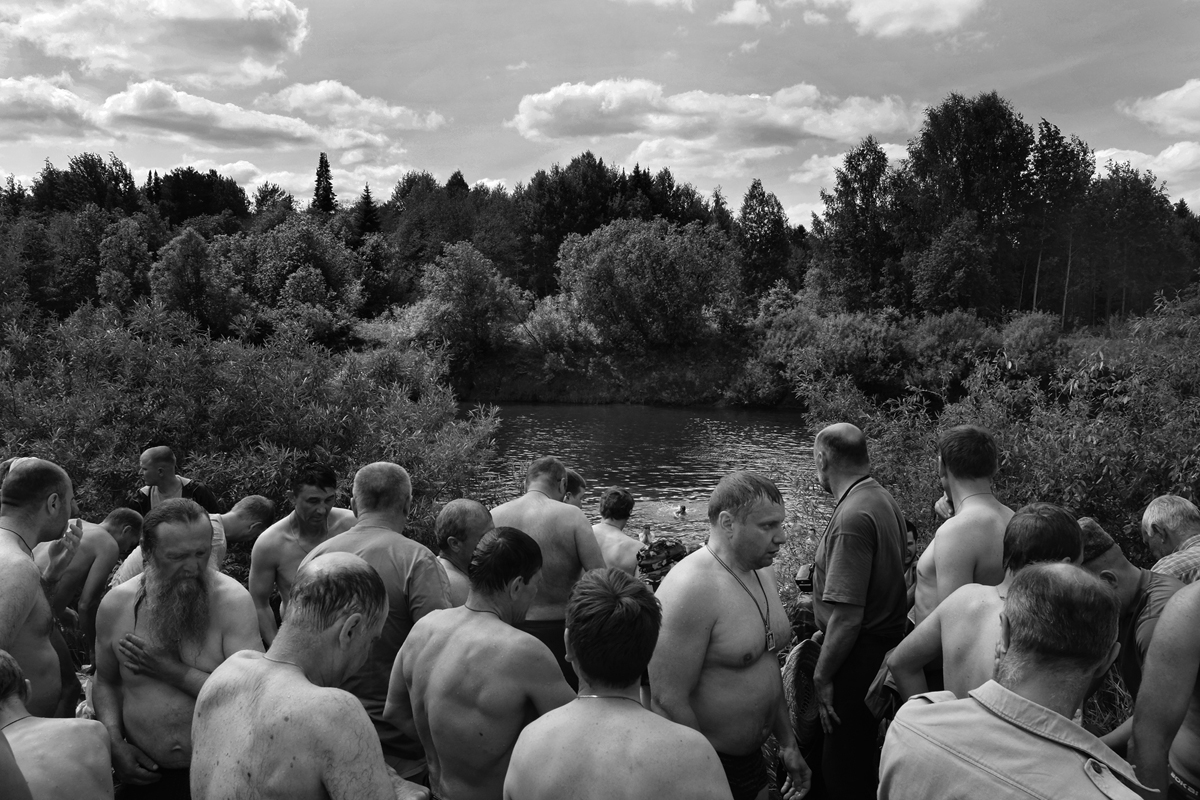
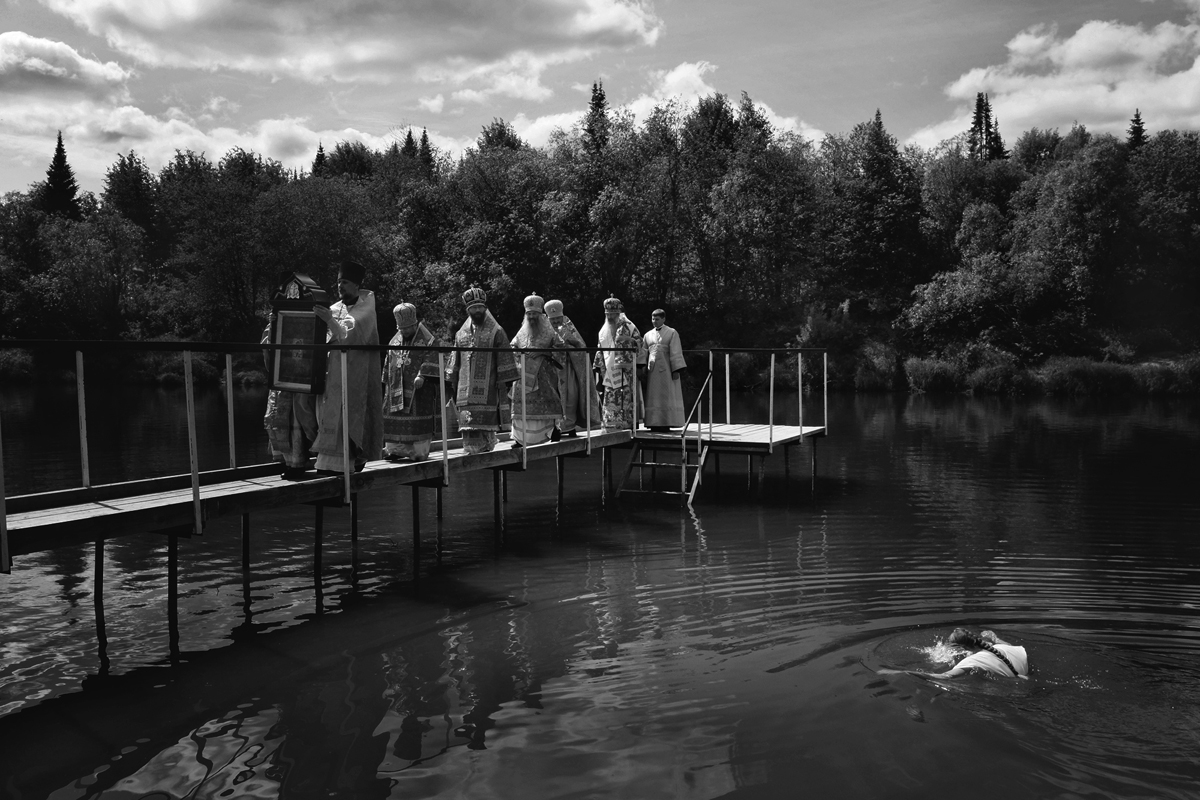
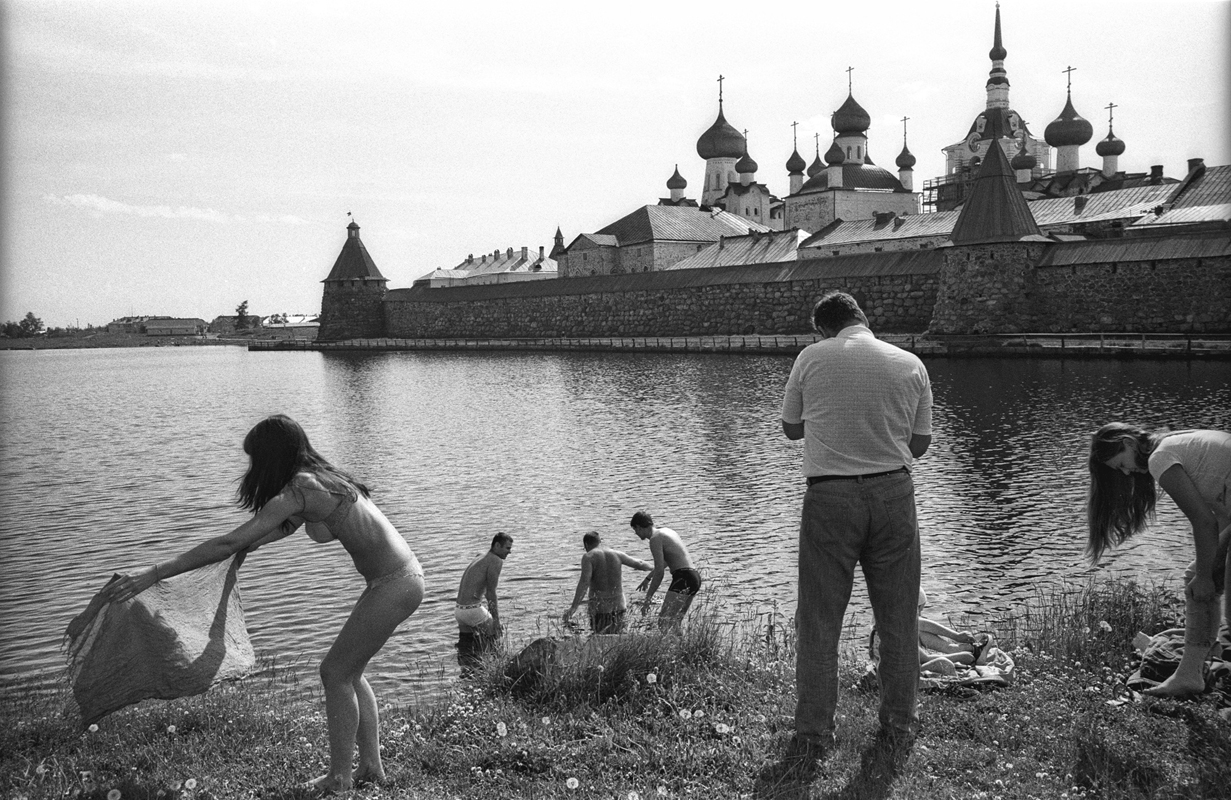
“Are you Orthodox?” a man with a grey beard and tattooed arms asked me at one of the processions. I remember how I wanted, out of some kind of internal opposition, to tell him that I was Jewish, or an Islamist, or just a Buddha. But when I looked into the eyes of this seemingly kind-hearted man, I realized: if I say one of these things, he will probably hit me on the head with a wooden cross that he is holding or spit in my face. That’s why, I said nothing and kept walking. “Foreign brat!” he blurted out into my back.
I’d like to believe that a reasonable person can suppress these irrational passions of obscurantism — aggression, hate, revenge — and keep love, generosity, and cordiality. And believe it not despite what is going on, but because it is rational now and it will be reasonable in the future.
